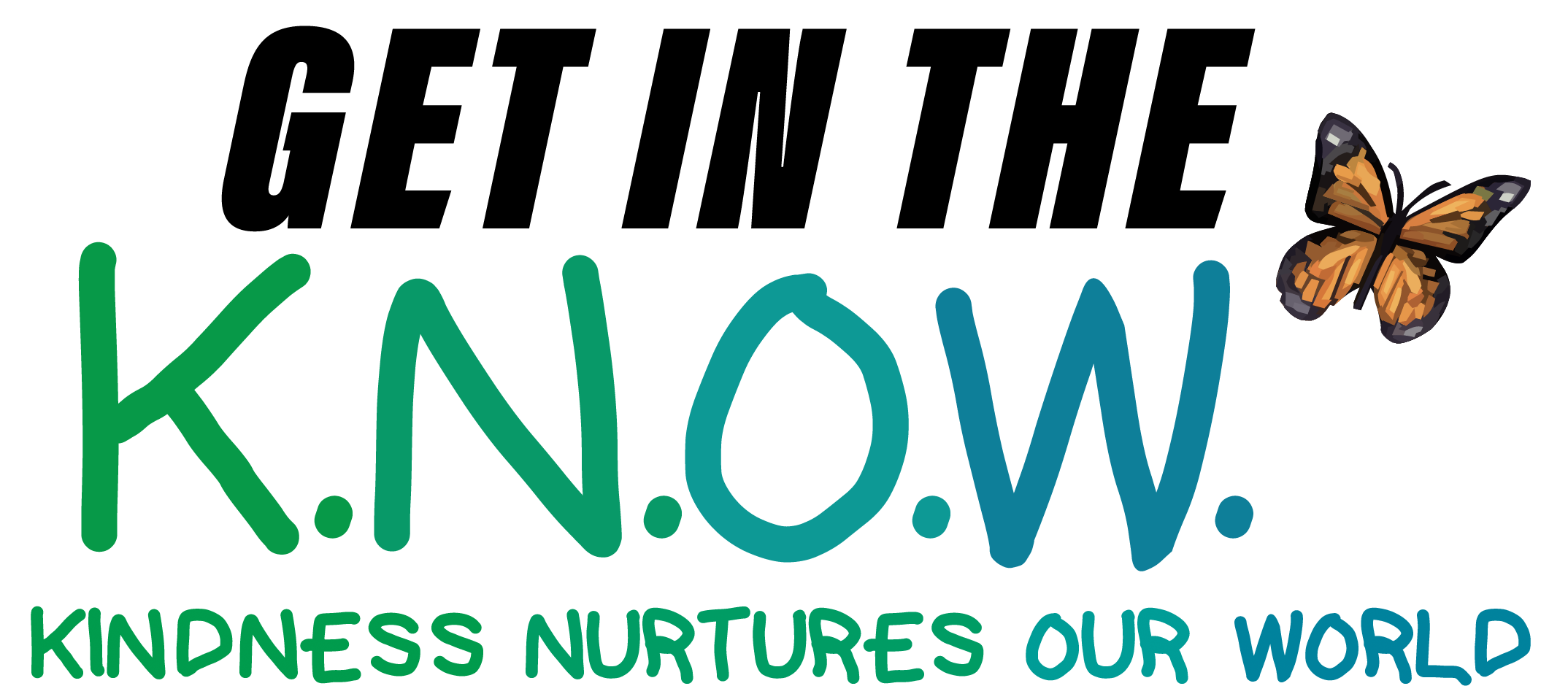How does speech therapy work?
What to Expect
Treatment approaches and goals are created based on an individual’s verbal aptitudes and challenges. As a treatment for autism, goals for SLT may include improving aspects of spoken language, learning nonverbal communication skills such as signs or gestures, and/or introducing augmentative-alternative communication (AAC) tools.
When working with a child on the spectrum, a speech-language pathologist can help address goals such as: learning to articulate words clearly, improving verbal and nonverbal communication, comprehending verbal and nonverbal communication, understanding others’ intentions, spontaneous communication (i.e. initiating communication without requiring prompting from others), understanding the appropriate time and place to communicate (example: when to say “good morning,” adjusting voice volume appropriately, etc), developing conversational skills, learning to exchange ideas, learning self-regulation, and communicating in ways to develop relationships with others. Speech-language pathologist aim to help children with autism find enjoyment in communicating, playing, and interacting with their peers.

